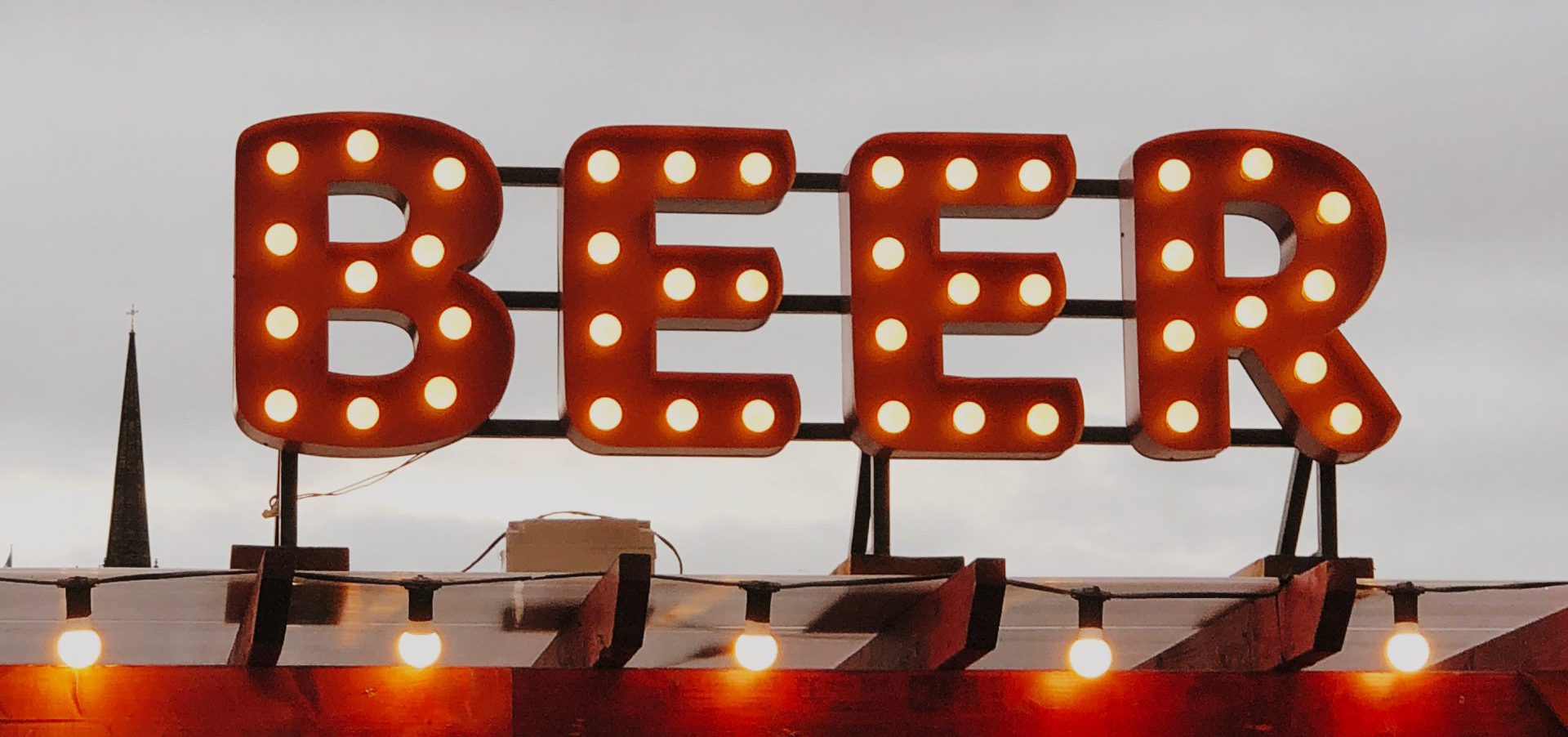It’s not rally my fault, but I’m a little bit of a “beer snob”. I grew up in beer heaven: Belgium. The history, variety, and quality of beer in that small country – about 1/6th the size of Washington – would spoil anyone, including me.
Now I live in Seattle, and I honestly can’t complain because the microbrewery scene is just amazing, with 174 breweries (!) in the greater Seattle area. But as a Belgian beer-lover, I can’t help but cringe sometimes on the limited selection (does everything have to be an IPA?) and the way beer is served (there’s a special glass for that, people, and have you never heard of a good head?).
Told you – I’m a beer snob.
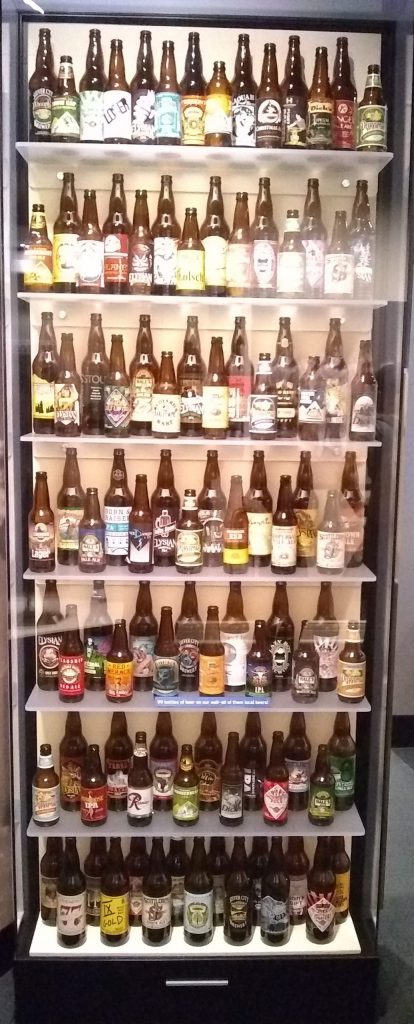
So, no complaining in Seattle, but the general trend in the US is a preference for bland beer. And there are historical reasons for why that is.
Beer-history, the best kind of history!
The early days: how beer came to America
It’s not hard to guess how beer made it to American soil: it followed the British.
British colonialists brought their traditional dark beer over the Atlantic, bringing with them the tradition of drinking home-brewed “small beer” instead of water. Back in the homefront, water was extremely contaminated, so drinking a light beer while dining was the safe option. Even though the water was a lot cleaner in the colony, the tradition continued on.
Next to the light beers house-wives brewed at home, stronger beers were produced by brewers for social occasions. With the move to the colonies, there was a departure of the traditional malt beers: barley did not grow as well and was expensive to ship over, so colonialists switched to using corn, wheat, sassafras, molasses, and spruce – in addition to or instead of barley.
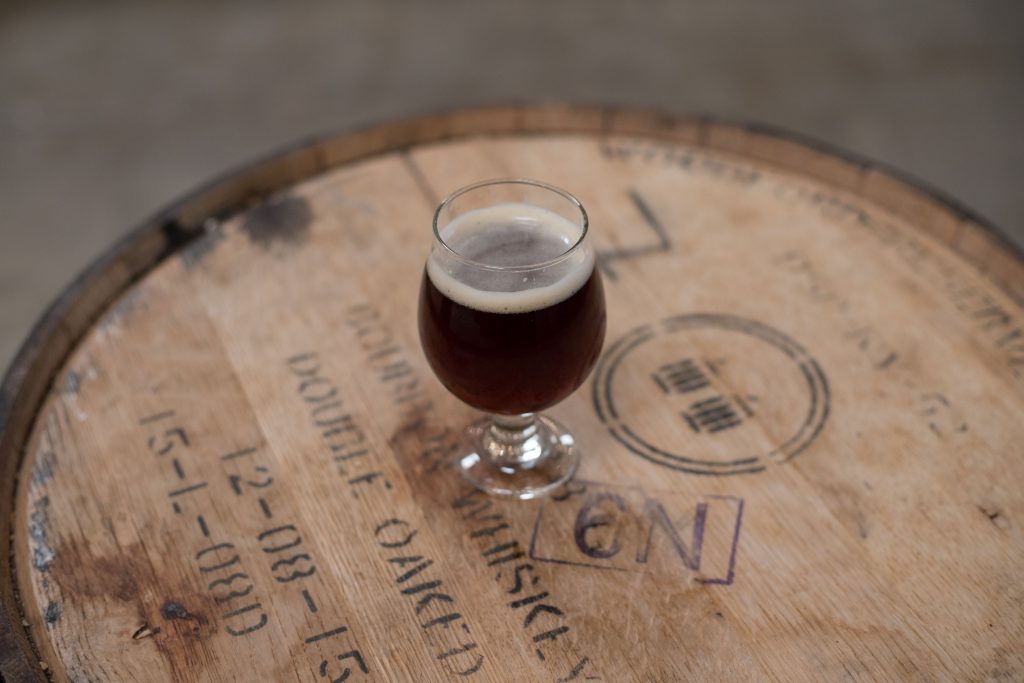
Photo by Sarah Gualtieri on Unsplash
Overall, beer was not very popular in those days. Apples grow very well on this side of the ocean, so cider was a popular drink; and spirits are easier to keep for a long period of time, making whiskey and rum (the latter in the South), popular alcoholic beverages.
What did cause some switch to beer was religious-based temperance: rather than giving up drinking completely, some early settlers switched from spirits to beer.
Bier Her!
And then, the German immigrants came, bringing with them Bavarian-style lagers, which are mellower, more stable, more consistent and easier to keep than English style ales.
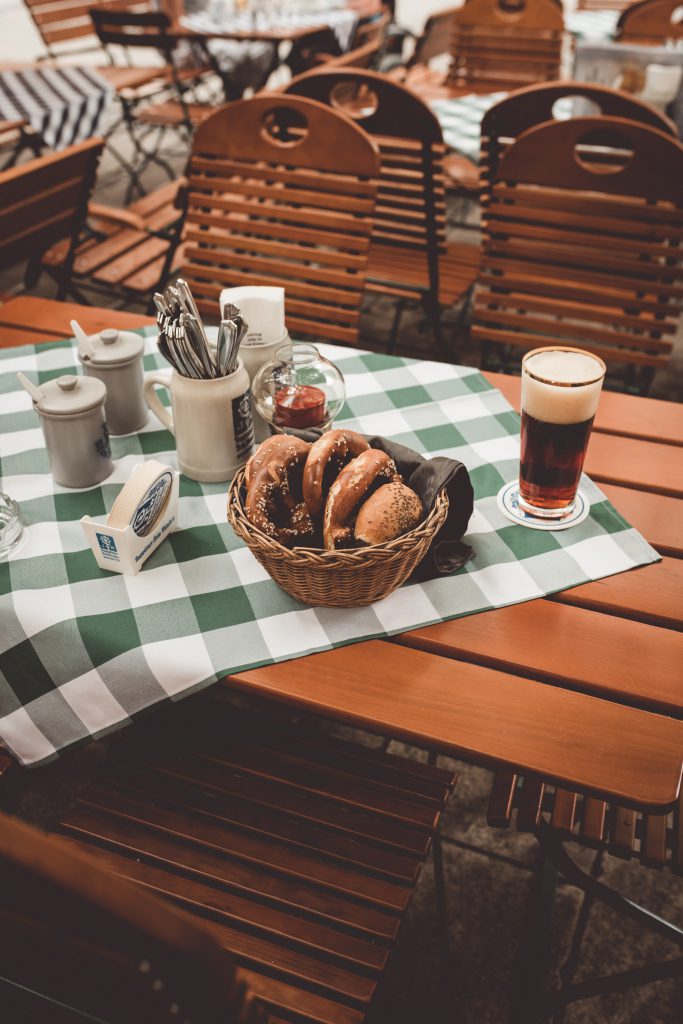
Photo by Clay Banks on Unsplash
Lagers were easier to drink and became very popular with working-class Americans. With a low alcoholic content (3%), it would be something they could consume as a refreshment during lunch, without getting drunk too quickly. While being drunk on the job (for most manufacturing and mining companies) could get you fired, there were no rules against drinking during working hours.
By 1880, lager was fully Americanized. American breweries would have a diverse selection of beers (ales, porters, Weiss beers, …) providing beer drinkers with a choice, but blue-collar workers would have a preference for lagers. With an increased disposable income, but rising taxes on spirits, beer was the smooth and mildly intoxicating choice to end a hard day of work with.
Away with the non-lagers
In the early 20th century, American beer drinkers nearly totally shifted to lager- and pilsner-type beers, due to a variety of reasons. Blue-collar workers still preferred “a milder and paler” beverage and with technology advances, they could now drink it all year round.
Before the technology to cool down and heat, lager production and consumption depended on the seasons. Lager does not keep very well, but thanks to fridges they could be stored and consumed year-round. On the other hand, brewing lagers requires relatively high temperatures, and thanks to heating technology, lagers could be made all-year-round, including in the winter.
Another important development was religious-based temperance – again. The early 20th century came with a wave of state-level prohibition laws. Light beers were not considered intoxicating beverages, so they would receive a pass during the war-time prohibition period. Light beers also got an earlier repeal of prohibition – anything under 3.2% was not considered alcoholic enough to bother regulating.
And for those who really wanted to drink, there was a black market. Heavier beers lost it from stronger alcoholic beverages because let’s be honest, if you have to drink in secret, you’re going for the strong stuff. It’s also easier to smuggle (in terms of alcohol content) 40% plus spirits than ~8% beers, amirite?
Drinking beer, and especially ales and heavier beers, is an acquired taste. After 13 years of prohibition, and 16 years of not drinking heartier beers, Americans had lost the memories of full-bodied beers.
The great depression reinforced the public’s contentment with weak beers; it was cheap and simple, and their taste buds weren’t used to hoppiness anyway.
When the women do the shopping
During World war II and the postwar period, things didn’t really change. Grain rationing made high-end beers unwanted. A generation of American males had received 3.2 beer in their Army ration because a little bit of beer would aid morale. The South was an expanding market and favored light beer due to the hot and dry climate.
And women did the groceries.
The women doing the shopping would prioritize light, pale and non-bitter beer. In the 70s, “low in calories” would be an additional thing to add to that list, with some very successful marketing of “Lite” beers.
Breweries were growing, becoming more national and more homogeneous, and Americans liked lighter, paler, and less hoppy beers. In general, beers that were “less challenging” in taste in terms of bitterness and body. Americans tend to like to drink a lot and in social settings, for example during a sports-game that could last for several hours, so a lighter, less filling beer was more desirable.
And in come the craft beers
While the industry remains highly concentrated, with AB Inbev and Miller Coors accounting for more than 80%, small breweries have started popping up all over the country – but mostly in Seattle – in the last few decades. Americans are starting to drinking “real” beer again, with even the average hop in pilsners has started increasing.
Since the 70s, consumers started rising up against “big business,” including “big beer,” which was too big, too cold, too impersonal. People started homebrewing. People started traveling more and expanded their palate with foreign beers. And in ’82, the first American Brewpub opened in Yakima, WA. Most microbreweries began as brewpubs.
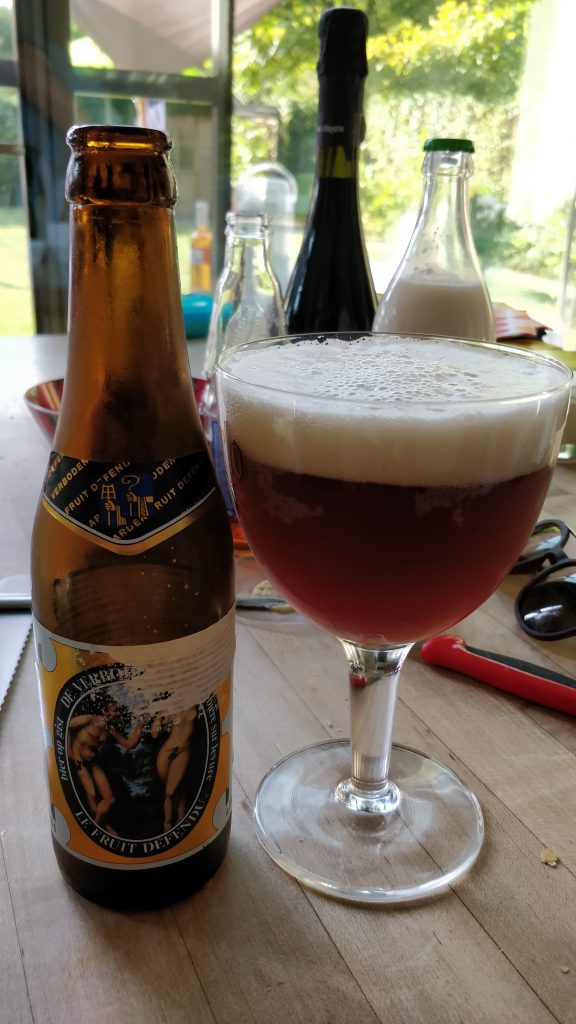
Fancy beer would still be cheaper than fancy wine, “Champagne on a beer budget” if you will. And with the rise of the internet, consumers can better communicate preferences, demands, homebrewing recipes, and reviews.
Luckily for me, craft beers are now a thing. It seems that the new slogan for drinking beer is: “Drink less but better”
Will do, will do.
Source: Ranjit S. Dighe (2015): A taste for temperance: how American beer got to be so bland, Business History, DOI: 10.1080/00076791.2015.1027691
The best quote out of this paper is:
“The English did not demand better food because they had forgotten what good food tasted like, Americans did not demand better beer because they had forgotten what good beer tasted like.” Ouch.


